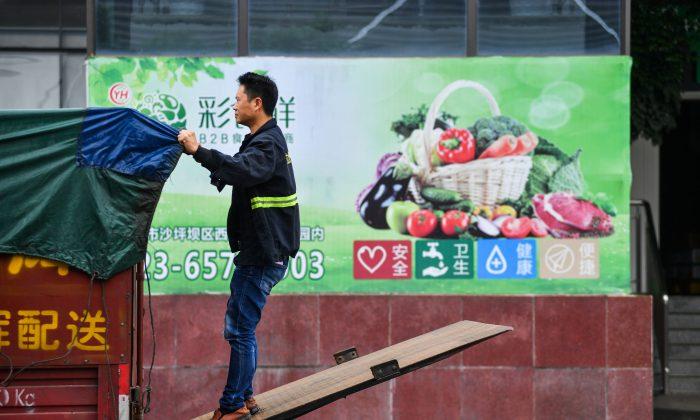BEIJING—China’s economic growth could fall below 6.5 percent in the fourth quarter as companies face increased difficulties, a central bank magazine said on Jan. 2.
“The trend of economic slowdown still continues, and the slowing momentum is increasing. The fourth quarter GDP growth is very possible to be lower than 6.5 percent,” said China Finance magazine, which is published by the People’s Bank of China.
The government should step up tax cuts to help ease the burden on companies, especially small firms, the magazine said.
“The phenomenon of closures and layoffs is very common and employees’ income growth has been greatly restricted,” it said.
Chinese leaders have pledged to ratchet up support for the economy in 2019 by cutting taxes and keeping ample liquidity amid a trade dispute with the United States.
Deflation Risk Rises
Just about every economic measure is trending down in China, and not surprisingly, deflation fears are mounting. The China Beige Book (CBB) fourth-quarter preview, released Dec. 27, reported that sales volumes, output, domestic and export orders, investment, and hiring all fell on a year-over-year and quarter-over-quarter basis.A much-weaker 2019 appears to be in the offing for China, but it’s not solely due to trade tensions with the United States. The domestic economy was already on weak footing and the CBB argues that government support is unlikely.
The CBB is a research service that speaks to thousands of companies and bankers on the ground in China every quarter. It contends that deflation is the bigger threat compared to inflation.
“Because of China’s structural problems, deflation has very clearly emerged as the bigger threat in a slowing economy than inflation. Consumer demand has weakened, and you see that reflected in retail and services prices,” said Shehzad Qazi, CBB managing director, in an interview.
While lower prices look good for consumers, policy-makers don’t like deflation for a number of reasons. With prices falling, companies produce less, often lay off workers, and reduce investment, leading to a vicious circle of sorts. While the trade war hurts export-sensitive regions, local orders have now weakened for two straight quarters.
Hiring fell for the first time since early 2016. Worse still, the fall was concentrated in services and retail, two sectors being counted upon to pick up the slack left by manufacturing’s woes.
Also, debt—of which China has plenty—becomes more problematic under deflation, as its value adjusted for inflation rises.






Friends Read Free